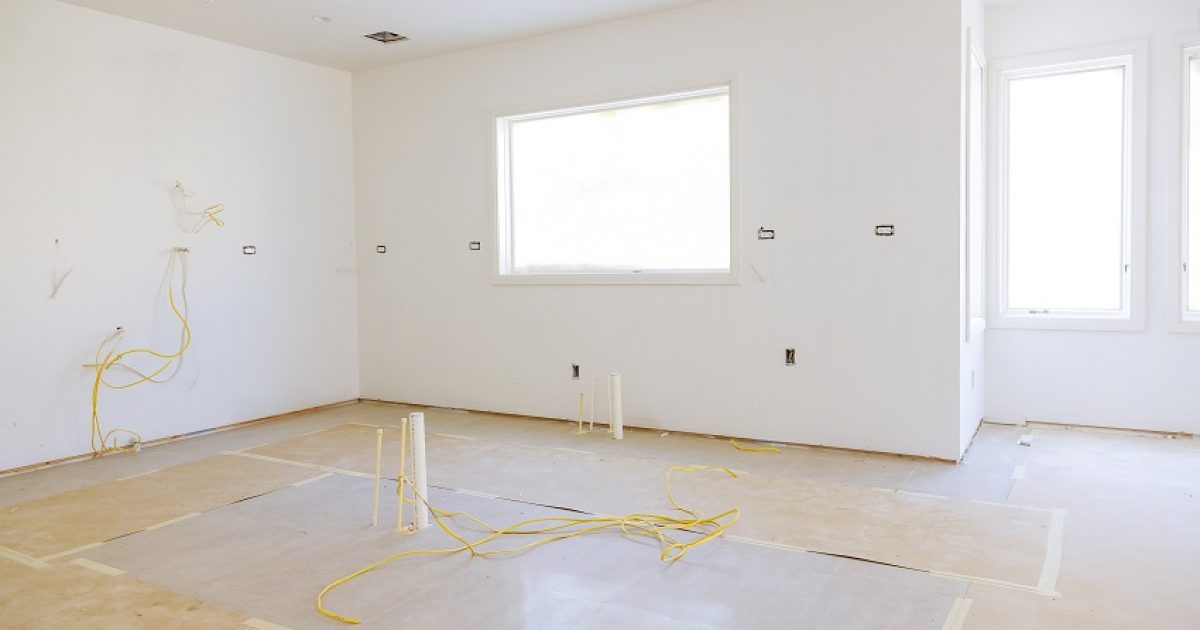Are you considering a knockdown rebuild? You’re not alone! So many people are choosing to stay on their existing land but start building a new home from scratch. It’s a great way to get a new home without the inconvenience of moving. Here’s all you need to know about knockdown rebuilds.
What is a knockdown rebuild?
A knockdown rebuild involves demolishing an existing housing structure in order to build a brand-new home. This is a popular choice for people who love the area they live in but want a new home. Alternatively, many people buy run-down, tired properties in nice locations, with a view to knocking down the old home and starting again.
While you’ll need to find temporary accommodation for a while, there is so much less disruption when you knock down one home and replace it with a new one. That’s just one of the reasons why people are choosing a knockdown rebuild over a move.
The benefits of a knockdown rebuild
There are several benefits to a knockdown rebuild, especially if you already own the house and land you intend to work with.
No need to move: If you love the area you’re in, have kids in a local school, or work nearby, why move? If you want a new home, though, a knockdown rebuild is the perfect way to get it.
Save money: You already own the land. So, while there’s a cost involved in demolishing your home, you can avoid heaps of costs like conveyancers, real-estate fees, moving costs and all associated costs with selling your home and purchasing a new one.
It’s better than renovating: Certainly, renovations are cheaper than building a whole new home. But you don’t get a new home. All those problems that exist in older homes – poor insulation, old wiring, old plumbing – they’re all still present when you renovate. By starting again, you get everything brand-new.
The knockdown rebuild checklist
Use this handy checklist to make sure you’ve thought of everything before your knockdown rebuild project.
Know the planning regulations
All building requires council approval. This means you need to fit in with all local regulations. Because the rules are different for every area and every council, it pays to do some research first. You may find there are restrictions on building height, dwelling types or other factors that may affect your plans. Understanding the rules before you start will ensure you don’t waste money down the track having plans re-done.
Consider property setbacks
As part of your planning, one of the particular regulations you should pay attention to is the setback laws. These rules govern how close you can build to the borders of your property – in many cases, this means the neighbours’ fences. Take into consideration the front, rear and side setbacks before you start drawing up any building plans.
Street access
Needless to say, knocking down an existing home is a pretty big job. Even your standard new home build requires block access for trucks and other machinery, but a knockdown can be even more inconvenient. The remnants of the existing home need to go somewhere, and this often requires large skip bins or trucks to take those materials away.
If your construction is going to block, or even partly block street access, you’ll need additional council permits and there may be fees attached. This is good to know before you start, so you can factor it into your budget.
Power and utilities
Power and utilities are always important in any new home build, but perhaps even more so in a knockdown rebuild. You probably have most of the infrastructure there already, and your builders should be able to ensure the new home works with the existing setup. However, there may be instances where an existing home uses overhead power and you’re switching to underground power. If this is the case, your builders need to know.
Drainage
Much like power and utilities, the infrastructure is normally already there if you’re knocking down an existing property. However, you’ll need to consider how your new building plans fit in with the existing drainage. It’s important you have a legal point of discharge and sewer tie-in before you start construction.
Make friends with the neighbours!
Naturally, any building process is going to be somewhat of an inconvenience to your neighbours. This is amplified when your building team first has to knock down one home, remove the materials, then start construction on a new home. So, while it’s not compulsory, it probably makes sense to introduce yourself to the neighbours to try and start your relationship off the right way. Apologise for any future inconvenience, and exchange details in case they have any concerns throughout the build. Noise is inevitable, but if your neighbours have any serious concerns, you might be able to talk to your builders about it.
